Whatever happened to the Order of Malta after they left the Islands, from 1798 to 2018?
We know everything of their stay, but what have the Knights of Malta been up to in the past 220 years?
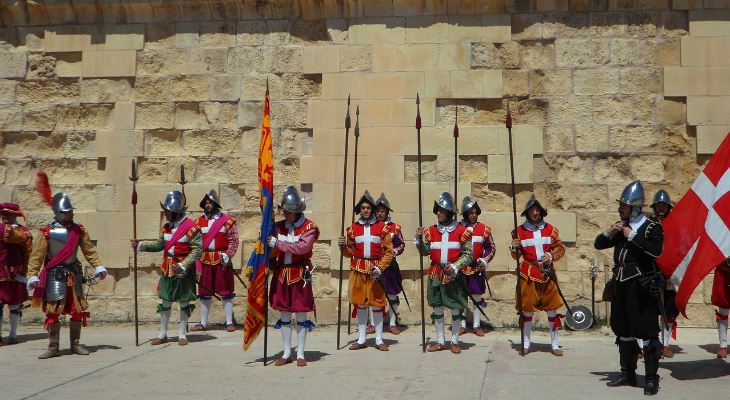
Whatever happened to the Knights of Malta after they, um, left Malta? In February 2013, the Order celebrated the 900th anniversary of its papal recognition. Of those, just 268 years were spent in Malta, yet the Order still takes the name of the islands as their own. But what is the full story of the Sovereign Order of Malta? Where have they been for the past 220 years?
The Knights before Malta
First of all, a little history. It should be known that The Sovereign Order of Malta is one of the oldest institutions in Western civilisation. First established as a hospitaller service to pilgrims at the height of the crusades by brother Gerard of Amalfi, the lay Catholic order was established in 1113.
The Sovereign Military Hospitaller Order of St John of Jerusalem, of Rhodes and of Malta, aka the Sovereign Order of Malta (SMOM), settled in Cyprus when the last Christian stronghold in the Holy Land fell in 1291. From 1310 to 1523, the Knights regathered in the island of Rhodes. After they were expelled by Ottoman King Suleiman, they were technically homeless for seven years before they were granted Malta, courtesy of the Spanish Emperor Charles V.
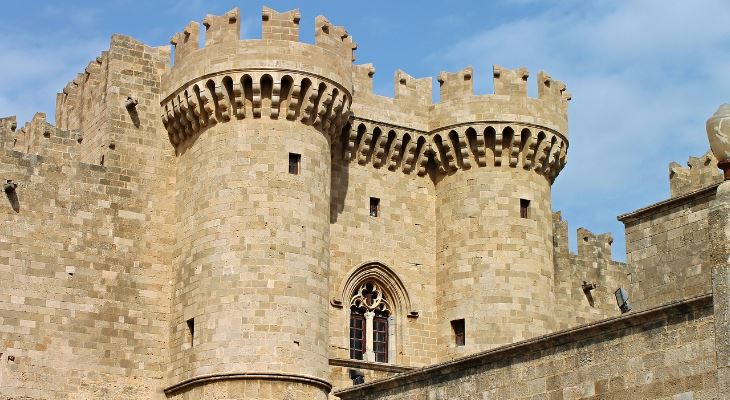
The Knights after Malta
We know everything about their stay on the Maltese Islands to every minute detail. Yet, even the Maltese know little about what happened to the Knights of the Order of St John after they surrendered to Napoleon and left the islands.
When the Order lost Malta, much of its property was confiscated, the disgraced Grandmaster von Hompesch resigned and the Knights dispersed. While there was a time when nothing was as well known as the Siege of Malta, two centuries later, the Order was hanging on by a thread and desperate to return to its former power and glory.
The Knights took refuge in Saint Petersburg courtesy of Russian Emperor Paul I, who became their de facto Grandmaster. His election was never ratified under Roman Catholic canon law but , in addition to the existing Roman Catholic Grand Priory, he created a much larger Russian Grand Priory open to all Christians. Dependent on Russian Lieutenant command and income, the Order just about survived, until Pope Leo XIII restored an official Grandmaster to the Order in 1879. Giovanni Battista Ceschi a Santa Croce was the first Grand Master of the restored Order of Malta.
Did you know that the Knights hoped to get Malta back, but lost the case?
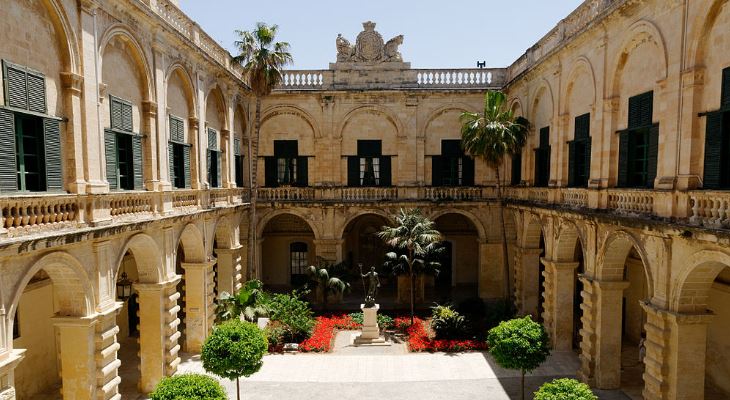
Marie-Lan Nguyen / Wikimedia Commons / CC-BY 2.5
The oddest thing is that much earlier, in 1806, when the Swedish government offered the sovereignty of the island of Gotland to the Order, the offer was declined as it would have meant renouncing the Order’s claim to Malta. Now, considering that the Knights had disliked Malta when they first arrived from Rhodes, perceiving it as barren and dry, that’s something. The Knights declared independence from the Kingship of Sicily in 1753, establishing Malta as their own territory, but with this lost chance, the Order has not had its own territory since.
Although the 1802 Treaty of Amiens obliged the United Kingdom to evacuate Malta and restore it to the Order, with sovereignty guaranteed by all the major European powers, the treaty was never implemented. The British brought up sufficient excuses to keep Malta in their hands. Eventually, the Knights’ loss of Malta was confirmed by the Congress of Vienna of 1815. Still, the much longer official name is abbreviated to the Sovereign Military Order of Malta (SMOM) to this day.
A new era for the Sovereign Order of Malta
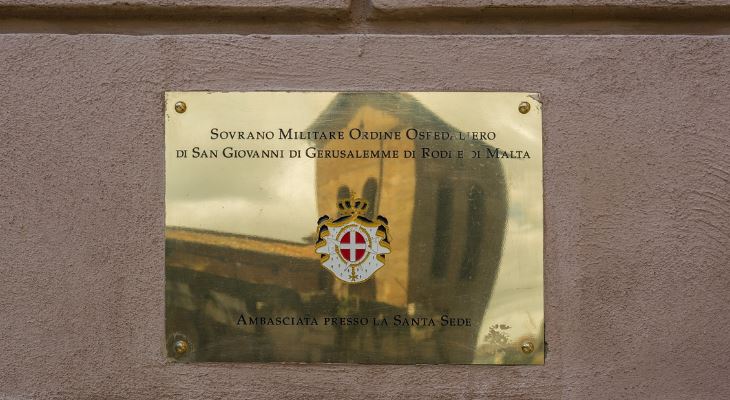
The arrival of a new Grandmaster in 1879 signaled the renewal of the Order as a humanitarian and religious organisation at the service of the vulnerable and the sick. As a sovereign entity, the seat of the order was moved to Ferrara in 1826 and to Rome in 1834. Its two headquarters buildings in Rome enjoy guaranteed extraterritorial rights and its principal officers counted as citizens. In addition, the Order maintains 12 priories, 48 national associations and 133 embassies despite holding no other territory since the loss of the island of Malta in 1798.
Indeed, the Sovereign Order of Malta is widely recognised as a sovereign subject of international law in its own right, independent from any other state or government, and maintains diplomatic relations with 107 states. It is neutral, impartial and does not pursue any economic or political mission. The Order has United Nations permanent observer status and enters into treaties. It even issues its own passports, postage stamps and coins!
Fun fact! A number of fraudulent organisations with similar-sounding names have emerged, hoping to capitalise on the name. This has led the order to legally register 16 versions of its names and emblems in some 100 countries to protect its heritage against fraud.
Who is the Sovereign Order of Malta?
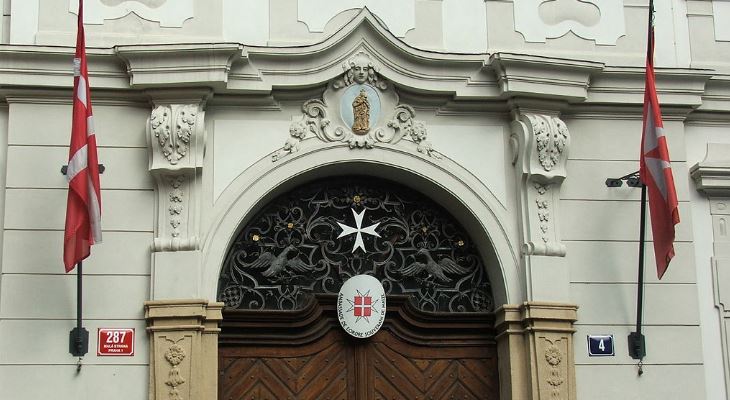
Embassy of Sovereign Military Order of Malta in Prague / Hynek Moravec via Wikimedia Commons
The leader of the Order is the Grandmaster, who is elected for life by the Council Complete of State. He holds the rank of Prince of the Holy Roman Empire (since 1607) and the precedence of a cardinal of the Church (since 1630). A leadership crisis in 2016 saw Pope Francis order the Grandmaster Matthew Festing to step down following the irregular removal of Albrecht von Boeselager from Grand Chancellor. Fra' Giacomo dalla Torre del Tempio di Sanguinetto is the 80th and current Prince and Grand Master.
The Order has 13,500 Knights, dames and auxiliary members. By tradition, all the Knights are religious and bound by the three monastic vows of poverty, chastity and obedience. Until the 1990s, the highest offices required proof of noble lineage, however proof of aristocratic lineage is no longer required. The Order’s motto is: "Defence of the (Catholic) faith and assistance to the poor". To this affect, the Order also operates a worldwide relief agency and 33 national volunteer corps, as well as many hospitals, medical centres and foundations.
The Order of Malta is permanently present with medical, social and humanitarian projects in most countries in the world. It runs its projects independently or within partnerships with governments and international agencies in 120 countries. This is possible thanks to its 13,500 members, 80,000 permanent volunteers and qualified team of 42,000 professional medical personnel and paramedics.
What is the Sovereign Order of Malta up to today?
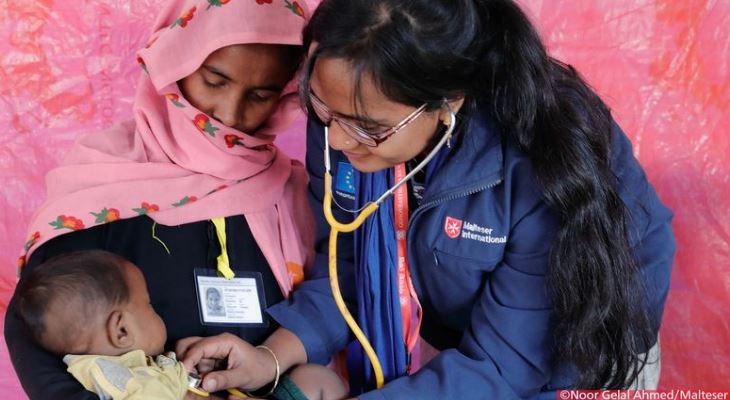
Today, the Order of Malta provides emergency medical and humanitarian aid through its national Associations, volunteer corps and worldwide relief agency, Malteser International. Malteser International stands by those affected by poverty, disease, conflict and disaster. Without distinction of religion, race or political persuasion, it supports long-term development by combining short-term relief with a holistic and sustainable approach, with transparency and accountability. The areas of assistance include:
- Refugee aid -The Order of Malta protects refugees on their journey to freedom and hope for a new life from unscrupulous traffickers and the perils of the journey in more than 30 countries across the globe.
- Disaster relief - Disaster Risk Reduction implements measures to ensure communities are prepared when disasters strike, particularly helping those who are least able to flee: the elderly and disabled.
- Diseases and epidemics - The Order of Malta continues to fight the eradication leprosy, tuberculosis, malaria, cholera and HIV/AIDS whilst caring for those afflicted by the diseases.
- Medical facilities - The Order of Malta offers basic healthcare to those who don’t have access to it in situations of war, violence and poverty, offering the people with greatest needs the right to adequate medical treatment and medication.
- Social assistance - The homeless, prisoners, ethnic minorities and drug addicts tend to be marginalised from society, as are the weak, elderly and disabled, extending to the economically disadvantaged, refugees and migrants.
The Order of Malta's centuries-old mission of care for the weakest offers assistance and support to these people.
What are the Order’s remaining ties with Malta?
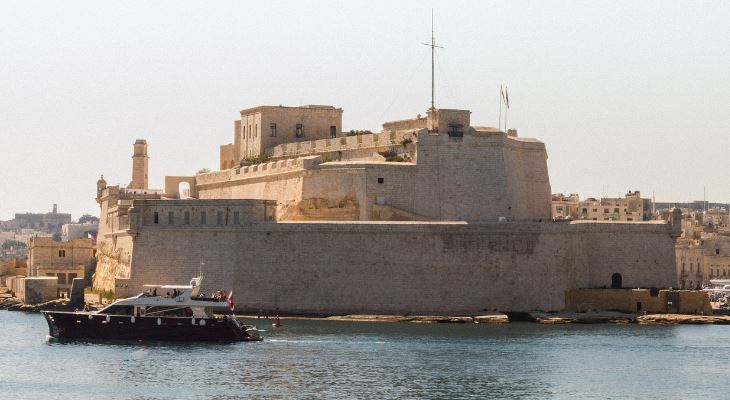
A 99-year treaty signed on 5 December 1998 and ratified on 1 November 2001 grants the Order the use of the upper portion of Fort St Angelo in Birgu with limited extraterritoriality "to give the Order the opportunity to be better enabled to carry out its humanitarian activities as Knights Hospitallers from Saint Angelo, as well as to better define the legal status of St Angelo subject to the sovereignty of Malta over it".
The flag of Malta is to be flown together with the flag of the Order in a prominent position over St Angelo. No asylum may be granted by the Order, Maltese law shall apply and the Maltese courts have full jurisdiction - and that’s where it ends.
So sorry, Knights of Malta - you’re really awesome and we love what you do, but you’re not having Malta back!